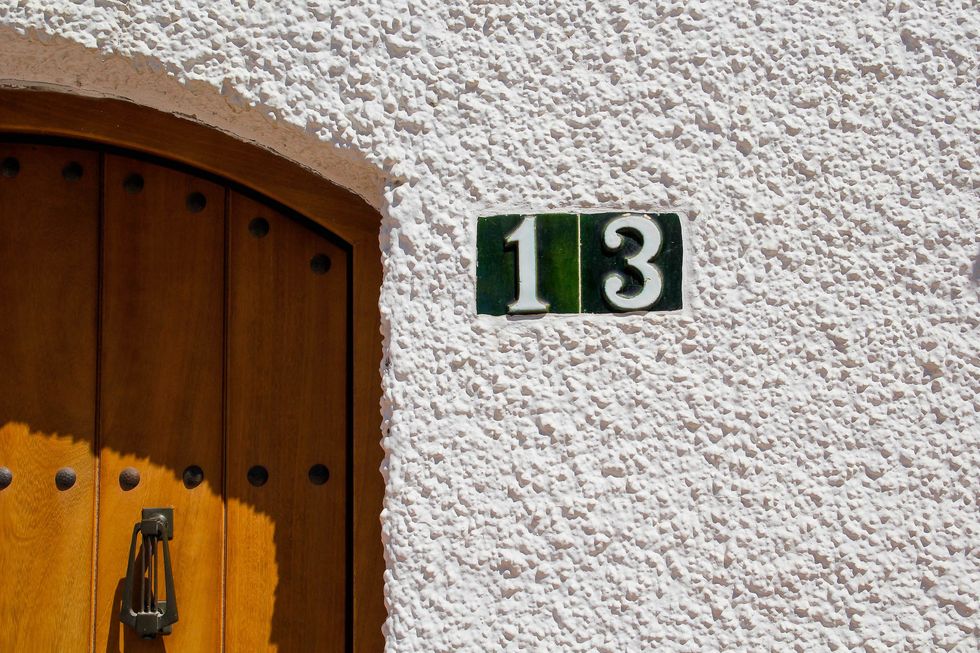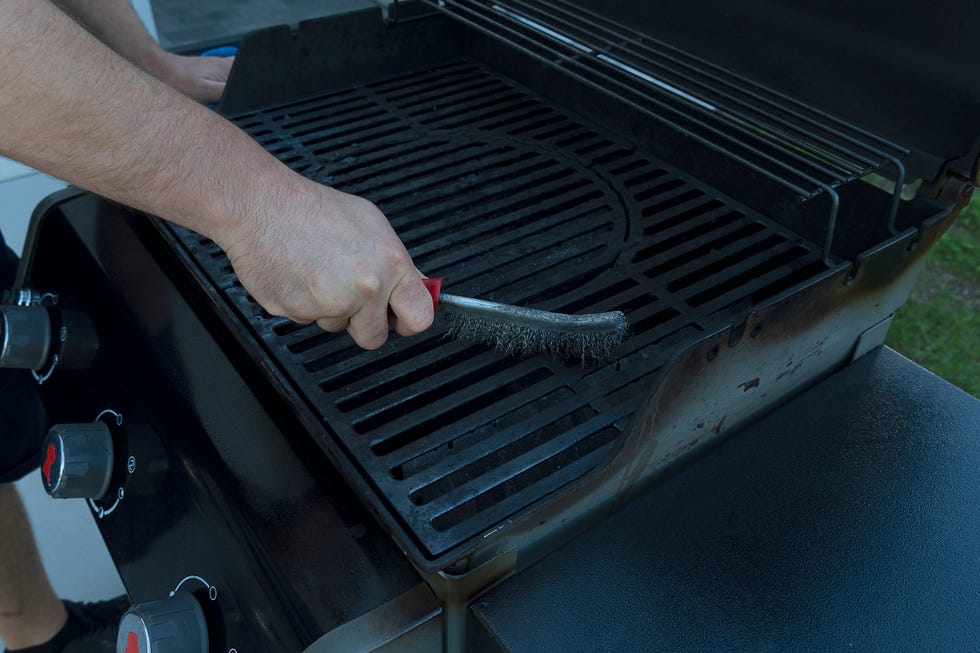In addition to the joy of watching cherry blossoms and tulips bloom, spring welcomes the ritual of spring cleaning. And as satisfying as it is to finally organize that pantry and dust your headboards, consider springing into this new season by adding a few fire-protection safety checks to your cleaning list. Because house fires are more dangerous than you might imagine: According to the National Fire Protection Association (NFPA), home fire deaths in the U.S. hit a 14-year high in 2021.
“Today’s home fires burn faster than ever due to multiple factors,” notes Susan McKelvey, communications manager at the NFPA. “For example, many homes these days are made with synthetic materials that burn at high temperatures, generating toxic black smoke and gasses that can make it difficult or even impossible to see and breathe within moments.” In addition, modern open floor plans allow oxygen to move through the house easily, which can help an existing fire spread quickly, according to McKelvey: “In a typical home fire, you may have as little as two minutes to escape from the time the smoke alarm sounds.”
So it’s more vital than ever to create (and practice) an escape plan, as well as to be diligent about protecting your home. Here are five other fire-safety tasks you may not have considered to add to your spring checklist.
Check your curb appeal
In an every-second-counts situation, you don’t want the emergency help you so diligently called to have any trouble finding you. So while you’re sprucing up your front porch and planting those fresh hydrangeas and daisies, take a beat to check that your house number is still easily visible from the street.
“This is very important, as it ensures that the fire department can quickly and easily identify your home in an emergency,” says McKelvey. If you discover that despite your best efforts, your house number still can’t be seen, consider painting the number on the curb in huge, bright figures, or installing larger ones that are more visible to the naked eye.
Create a safety perimeter
With wildfires burning up large swaths of the country each year, particular attention to your landscaping can be crucial. Piled-up yard waste such as weeds, leaves, pine needles and grass clippings are easy traps for a raging fire, which can eat them up and then spread much faster.
So you’ll want to make sure these materials aren’t accumulating in your roof and gutters, as well as anywhere within a five-foot radius of your home, aka the “immediate zone.” This perimeter is the most important area to take immediate action on, notes McKelvey, as it’s the most vulnerable to embers (the main means by which raging wildfires ignite homes).
Invest in a smart fire-prevention device
File this under “an ounce of prevention is worth a pound of cure.” Not only should you have a reliable method to detect fires originating both inside and outside the home immediately, but you should also be sure you’re investing in the latest technology to prevent them from happening in the first place. The Ting smart sensor and service help suss out potential electrical fires by continuously monitoring your electrical system for arcing and other power-quality issues that can indicate an electrical fire hazard.
Better yet? It’s incredibly user-friendly. All you do is plug it into an outlet and it’s installed within two minutes with the use of a Wi-Fi connection and the Ting Sensor smartphone app. Once it’s up and running, should the smart sensor detect an electrical fire hazard in your home, the brand’s dedicated fire-safety team is at the ready to lead you through every step to mitigate it. “I also like that the app is truly safety-focused, with useful information beyond Ting, such as tips on keeping your smoke alarms in working order,” says Dan DiClerico, GH’s director of home improvement & outdoor, who has been home-testing the system over the past year.
Give your grill a full preseason inspection
With barbecue season on the horizon, you’ll want to do more than just clean your grill grates: While you’re at it, clear off any debris that may have collected over the winter, says McKelvey.
“Sometimes spiders or other insects find their way into a grill, or a bird may have even built a nest in there,” she explains. And that can be quite the combustible situation if you don’t check closely before lighting the grill up for the first time this year.
Regular old grease buildup can cause fires, too, of course. “Also, check that the hose and connections from the gas tank to the grill are in good condition and free of leaks or damage,” adds McKelvey, since gas leaks can lead to fires or even explosions.
Deal with dangerous liquids
Flammable liquids with a flash point of over 100 degrees Fahrenheit can spark something truly scary in no time at all. This is why you want to take care to not use gasoline, paint thinners, acetone, oil-based paints, stains or varnishes, toluene, diethyl ether or alcohols while smoking or near an open flame, storing them in well-ventilated areas about 50 feet away.
And if you spill any of those on your clothing or use a rag to clean them up, place the dirty laundry outside to dry before throwing it in the washer, says McKelvey. Never pile it up together or put it in the dryer, even after washing — it could spontaneously combust. And keep the flammable liquids themselves tightly sealed in their original containers so they can’t spill accidentally and pool without anyone knowing.



